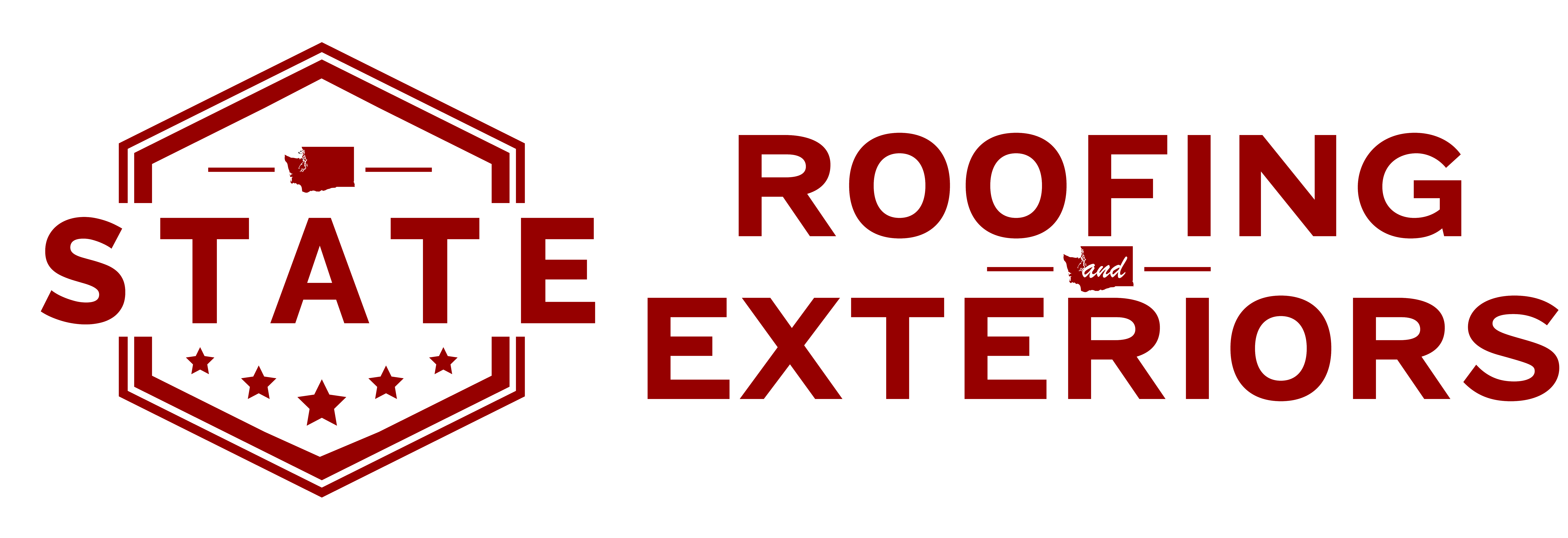Ignoring rippled asphalt shingles isn’t recommended, as the rippling can eventually lead to more costly repairs. We’ve listed some of the biggest causes below. As long as your asphalt shingle roof is well-cared for and maintained, it should keep your home safe and secure from inclement weather. But sometimes, it can look rippled due to several factors that can be hard to determine and address without a professional inspection.

Poor Installation
Rippled or buckled shingles on a roof are more than just an eyesore—they’re a red flag that something is wrong. Whether due to poor installation, weather conditions, or ventilation problems, rippled shingles can compromise the structural integrity and overall performance of your roofing system. If not addressed promptly, these issues can lead to leaks, water damage, and costly repairs down the line. In this article, we’ll take a closer look at three of the most common causes of shingle rippling—poor installation, strong winds, and inadequate ventilation—and why addressing them quickly is so important.
Strong Winds
Rippled asphalt shingles are often caused by constant exposure to wind and other elements. This issue can be repaired by a professional as long as the damage is minor and the shingles are mostly intact. Sometimes, shingle rippling can also cause creasing, cracking and other types of surface damage, and no amount of repairs can keep water and moisture from seeping into your roof. In that case, the shingles will need to be replaced as soon as possible by a trusted roofer.Another leading cause of rippled shingles is exposure to strong and persistent winds. Over time, high winds can lift the edges of shingles, loosening them and causing them to wrinkle or ripple. In some cases, the problem may be superficial and localized, making repairs possible. A skilled roofing contractor can inspect the area and replace or reseal the affected shingles if the damage is minor and the shingles remain largely intact.
However, when the wind damage is more severe, it may lead to creasing, cracking, or tearing of the shingle material. These types of damage weaken the shingle’s ability to repel water. Once the waterproof barrier is breached, rain and moisture can easily seep beneath the surface, potentially damaging the decking and insulation below. At this point, the only effective solution is often to replace the damaged shingles—or in extreme cases, the entire roof. Acting quickly can help you avoid more costly repairs in the future.
Inefficient Ventilation System
The performance and longevity of your roofing system also depend heavily on proper ventilation. A roof that lacks adequate intake and exhaust vents can trap heat and moisture in the attic. This buildup of heat and humidity can cause the roof deck to warp, which in turn causes the shingles to ripple and buckle.
In addition to aesthetic problems, poor ventilation can also impact your home’s energy efficiency and indoor comfort. Trapped heat during warmer months forces your HVAC system to work harder, driving up your energy bills. Over time, the constant exposure to heat and moisture also deteriorates the roofing materials and shortens their lifespan.
A properly designed ventilation system ensures that air circulates freely throughout the attic space, keeping temperatures balanced and moisture levels under control. Homeowners should have their ventilation system assessed during a roofing project to ensure it meets industry standards and is suitable for the size and structure of their home.
You can always count on State Roofing & Exteriors’s exceptional products and services if you need quality roof repairs and replacement. If you live in Tacoma or Seattle, WA, or neighboring areas, call us today at (360) 794-7164 to request a free estimate. You can also reach us online to get started.

